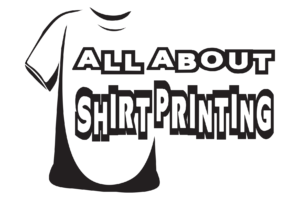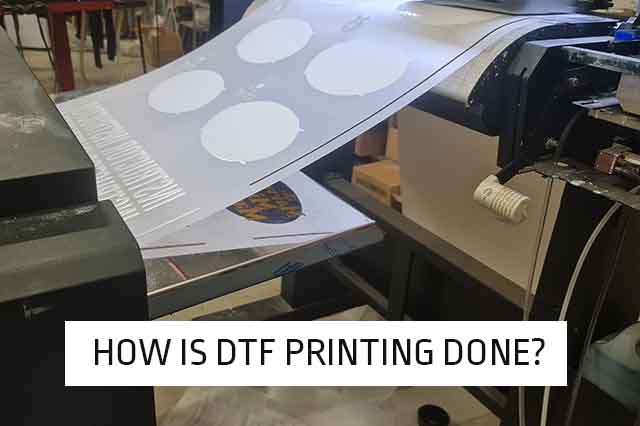DTF printing is done and carried out by an inkjet printer which prints with ink designed for textiles on a polyethylene terephthalate (PET) polyester film and then transfers the print onto a shirt or garment using heat and pressure.
The DTF printing process includes several steps:
graphics:
Processing the image, logo or illustration: in the first step, you must select the desired print to be printed on the fabric.
You can choose an image, drawing or logo, but it is important to make sure to avoid dark or blurry images, and to avoid unclear or low quality graphics.
The priority is to produce a PNG image with a quality of 300DPI without a background, because any background will also appear in the print.
The desired content must be processed and designed in a suitable graphics software such as: Photoshop, Illustrator or other graphics software.
In order to send the image to the printer, it is necessary to transfer it through RIP software – note that most software must convert the final graphic into a TIFF file.
Printing on polyester film:
After preparing the artwork, the artwork is sent for printing.
The printer first prints the color graphic (if there is any in the graphic) and then it covers it with a layer of white paint.
The white printing layer has two purposes – one to serve as a background for the graphics and the other to create a base for spreading the glue powder (therefore it covers the entire graphic).
Dispersing glue powder:
As a preparation step for embedding the print on the shirt, the printed graphic should be sprinkled with glue powder.
The spreading can be done manually or by an automatic machine that spreads the powder and shakes the residue.
The quality level of the powder has a significant effect on the quality of sticking the graphics on the shirt, low-quality or insufficiently dispersed powder may cause the print to peel off the fabric.
Drying the printed film and melting the powder:
After scattering the powder, it is necessary to bring it to melt.
The melting ensures that the powder does not remain granular and that it uniformly covers the print.
Transferring the print to the shirt or fabric:
After completing all the above steps, we have to transfer the print to the fabric-
We cut the film containing the graphics (in order to avoid unnecessary dirt that may be on the film).
We will place the cut film on top of the fabric and then, using a heat press, tighten and seal the film together with the shirt.
The heat produced from the press causes the glue powder to open and the print will stick to the shirt fabric.
After finishing pressing, let the print cool and peel off the film over the print.
The desired temperature for gluing is between 135-160 degrees Celsius.
Too low a heat may cause the print not to stick to the fabric, on the other hand, too high a heat may cause the print to melt.
After peeling off the film, the print can be covered again for a few seconds in order to strengthen the print and give it a matte (and not shiny) look.
In conclusion:
The DTF printing process consists of creating a print on polyester film and then transferring it to the shirt by heat and pressure. This process is not very complicated, but the details are of great importance – choosing the quality printing equipment, understanding the graphic requirements and maintaining the necessary heat and pressure levels.

